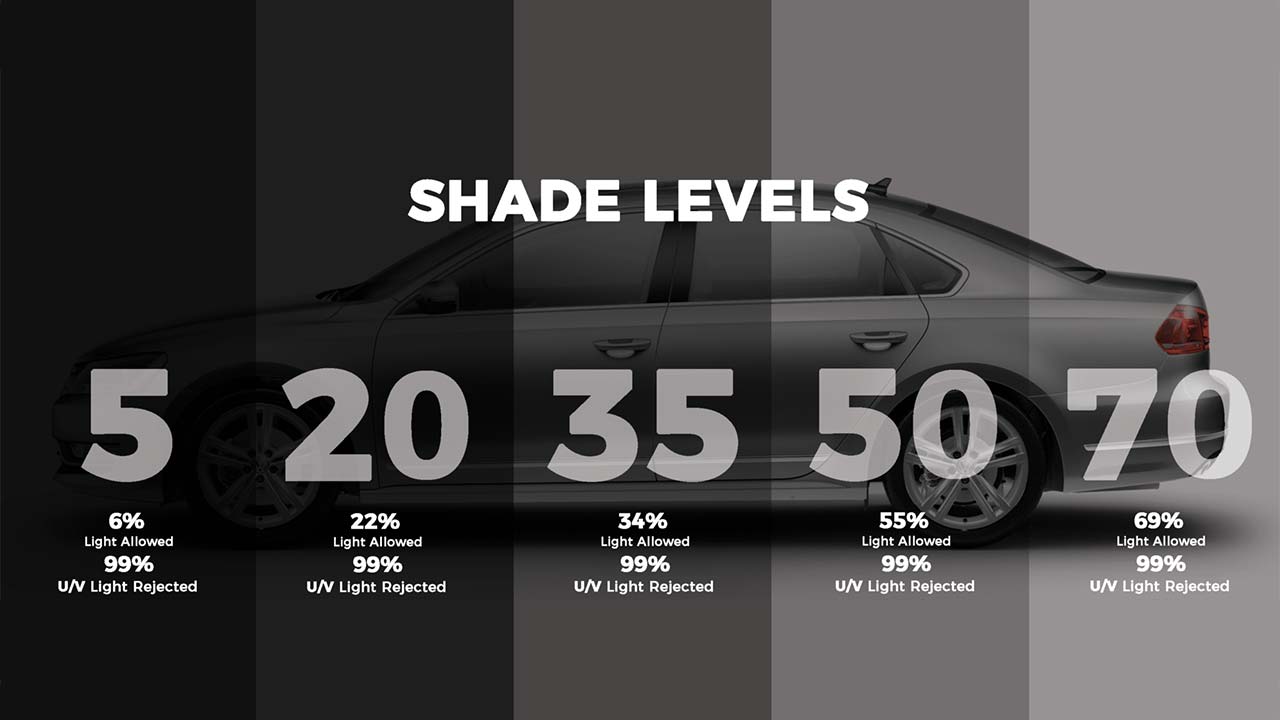

Some State Tint Laws are exempt for people with medical conditions that make them more sensitive to light than the average person.

#Ohio tint limit windows
The 2023 Florida Tint Law requirements are for the front windshield to the AS-1 line and front side windows to have a 28% VLT or lighter. This refers to the amount of light that can pass through the glass as well as the tint film. The amount of light that passes through the window of an automobile is measured in Visible Light Transmission (VLT) percentage. In the state of Florida, there are very specific laws governing the percentage of window tint darkness and reflection an automobile is allowed to have. This can help reduce glare and heat buildup in the vehicle. The lower the reflectivity, the less light is being blocked or reflected off of the window. Reflectivity: Window tint reflectivity is the amount of light that is reflected away from the window by a tinted film. The AS-1 line is 4 – 6 inches from the top of the windshield that can be tinted. Rear window tint %: This is the VLT % that’s allowed on your very rear window.įront Windshield: The information here refers to the AS-1 line since entire windshields cannot be tinted in any state legally. The legal limit will vary depending on what type of vehicle it is – either a car or an MPV (Multi-Purpose Vehicle). This % is higher compared to what is allowed on the rear windows so that police can still see the driver.īack-side window tint %: The level of tinting for the back-side windows must not exceed the VLT% listed in the chart. A higher VLT% means the tint will be lighter because a higher percentage represents more light is passing through.įront-side window tint %: The level of tinting for the front-side windows must not exceed the VLT% listed in the chart. A lower VLT% means the darker the tint because the lower percentage represents a low amount of light that passes through.

VLT% indicates the amount of visible light that passes through either just the film or both the film and window combined. VLT%: This stands for Visible Light Transmission.

The windshield tinting laws refer to the amount of the windshield that can be legally tinted or the amount of tint allowed on the entire windshield, depending on the state’s regulations. This is also known as the Visible Light Transmission (VLT) percent. As you read these laws, remember that window tint percentages refer to the amount of light allowed in. Understanding this lingo and terminology can help you make the right choices for your car. As you read the breakdown of the different car window tinting laws and regulations by state, you will come across different terms.


 0 kommentar(er)
0 kommentar(er)
